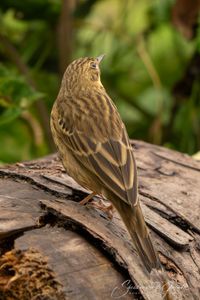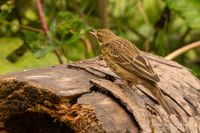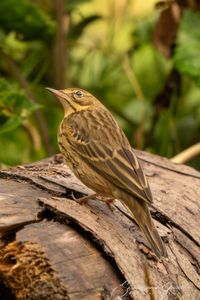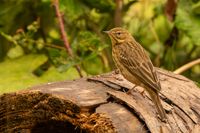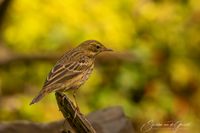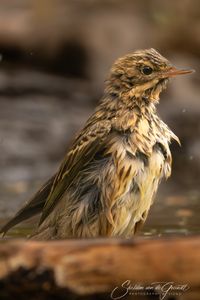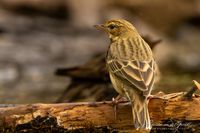In the spotlight: Tree pipit
Tree Pipits are birds of open woodlands and heathlands that forage on the ground for invertebrates and sing from high perches, often performing a distinctive "songflight" where they ascend and then parachute back down to a tree. They are monogamous, build ground nests, and are known for their buzzing calls. Their habitat preferences, needing varied ages of trees within open woodland structures, contribute to their decline in some areas, while changes on their long-distance wintering grounds can also play a role.
Their most characteristic behavior, where they launch from a tree, fly steeply upwards, and then parachute down on stiff wings, often to the same or a nearby perch.
Sing from trees and in flight, producing an enthusiastic chain of buzzing trills and descending scales.
